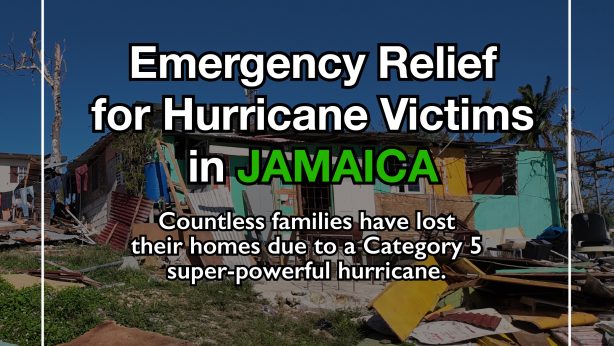The Story of Noh Ok-jae, a Filipino-Based Activist
A School in the Mountains, Transforming a Village
2025-07-22
In the remote mountain villages of Mindanao, Philippines, there are still children who must wake up at 5 a.m. and walk 10 kilometers just to get to school. Some of these children have never seen the ocean or an airplane in their entire lives.
What began to change their daily lives was the “school” built by JTS.
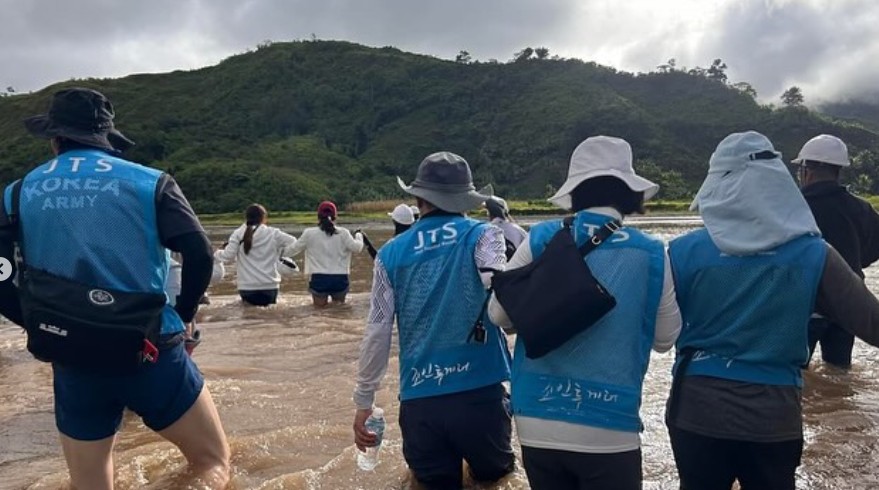
Since 2018, I’ve been working with the JTS Philippines office and have helped build countless schools. Just this year alone, we are building 13 schools—5 of them are special education schools, and the other 8 are in indigenous villages. Even after 22 years of building schools in remote areas, there is still a shortage of about 3,000 classrooms.
But what I truly believe is important isn’t just constructing a building. I’ve witnessed time and time again how a single school can transform an entire village.
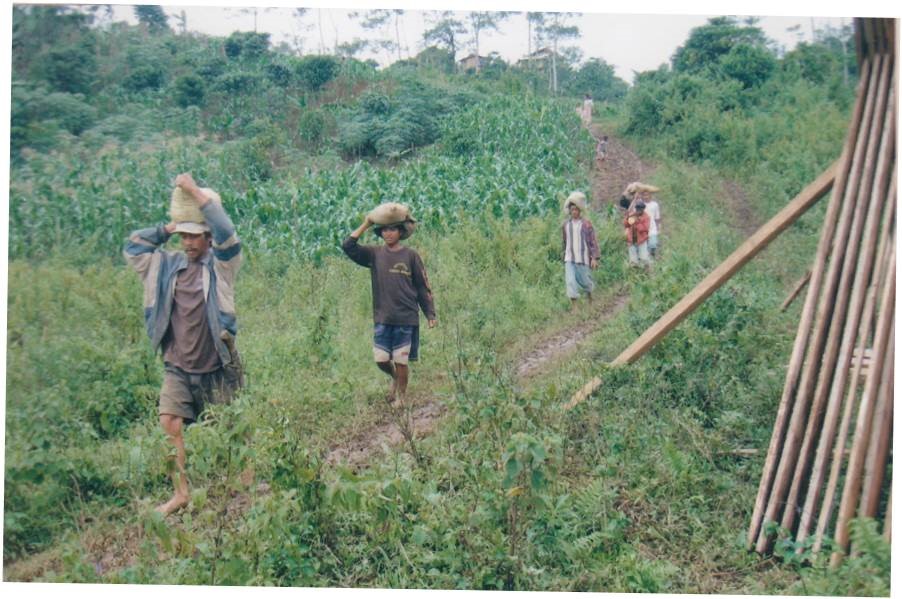

Building a school is never an easy journey. Most are located in remote villages more than four kilometers away from the nearest main road, making it incredibly difficult to transport materials. In some places, the mountain slopes reach nearly 70 degrees. It’s common to see both adults and children carrying plywood sheets or balancing roofing materials on their heads as they cross rivers.
Yet, one school—built with such hardship—can transform an entire village.
When a school is built, roads are widened, and even the local government starts to take notice. Electricity and clean water begin to reach the village, and children no longer have to cross dangerous mountain paths to attend school. In many cases, families living far away move closer to the school so their children can receive an education.
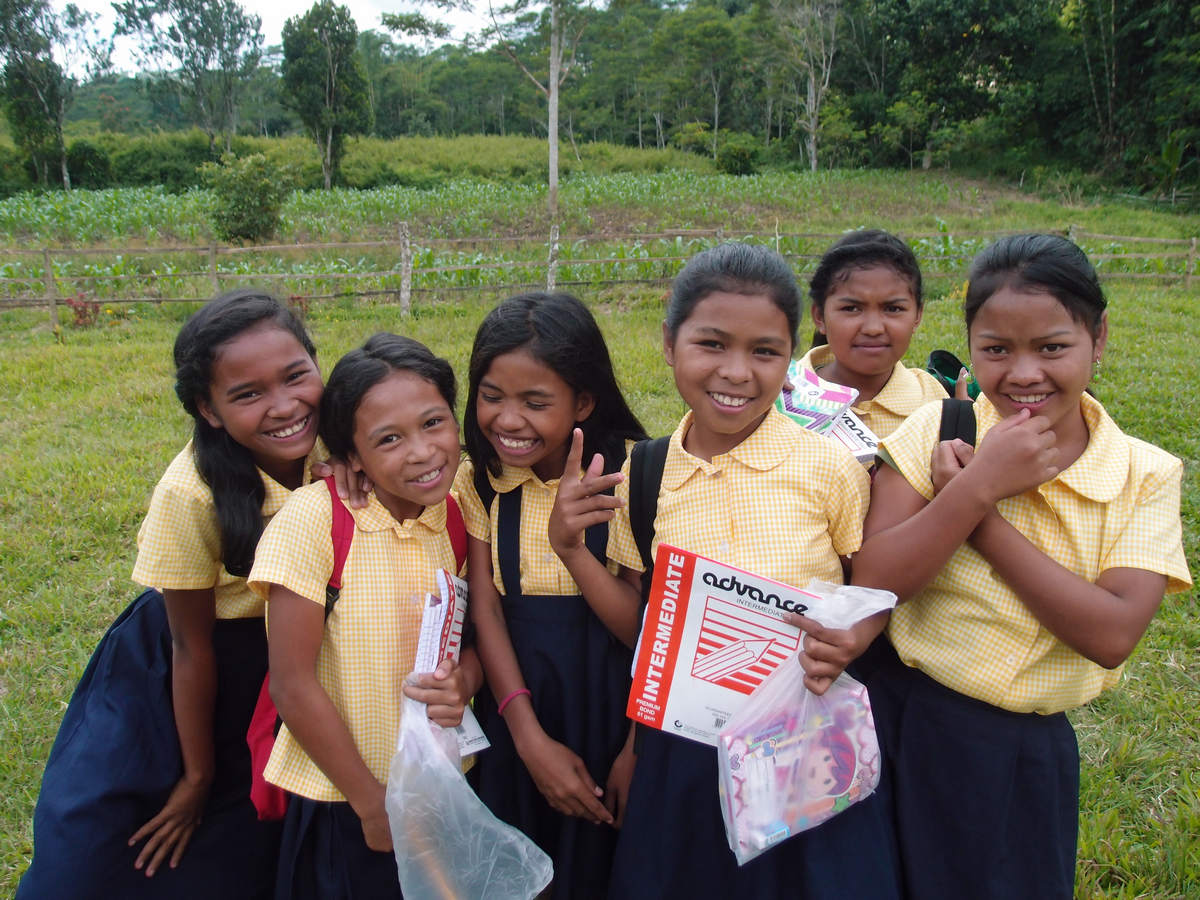
As children attend school, they begin to think about “their own future” for the first time. Whereas in the past, many girls would marry at 12 or 13, now they attend high school and start dreaming about what lies ahead.
There have even been cases where graduates return to their villages to become teachers themselves.
“That child was the first graduate of this school and is now a teacher here.”
This simple sentence carries a depth of time and meaning that words alone cannot fully express.
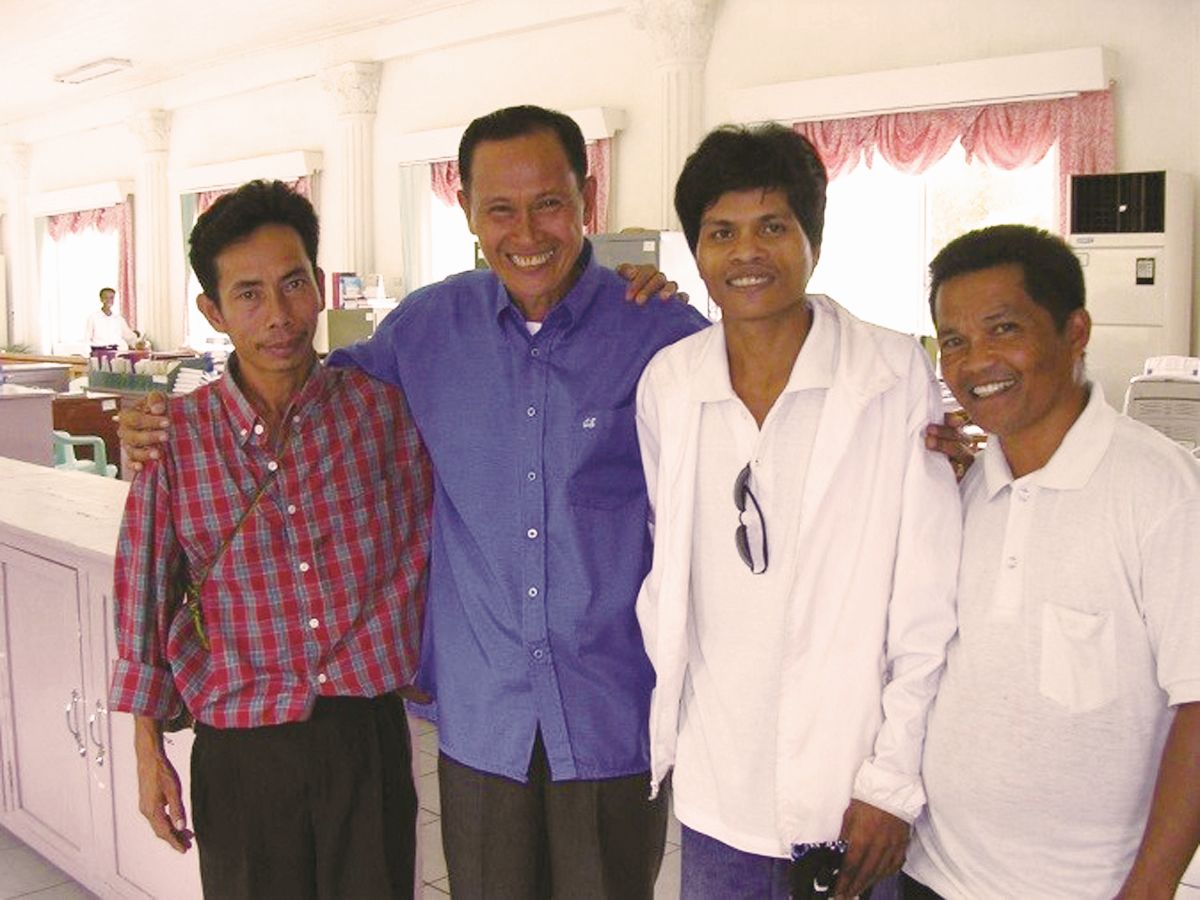
A school is not just a place for education, but also a place that fosters peace. In Mindanao, where religious differences have long caused conflicts, the process of building a school brings together Muslims, Christians, and indigenous people to carry materials and construct classrooms side by side. Through this shared effort, they engage in dialogue and come to a deeper understanding of one another.
Where they once saw each other as horned beasts, they now recognize that they are all human beings. In villages with schools, markets have opened, people can safely go out at night, and the community has become increasingly secure.
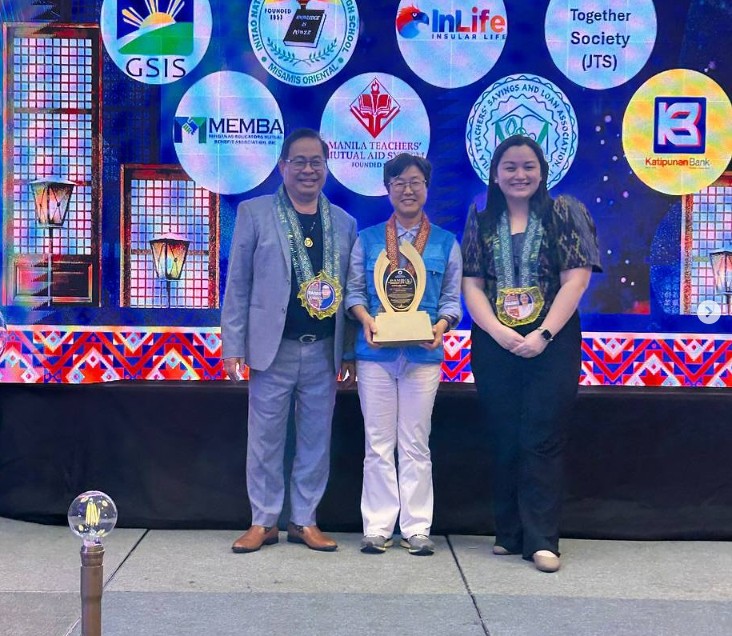
I believe this:Education has the power to change culture, transform people, and improve the quality of life for entire villages. And being able to be part of the beginning of that change is, to me, the greatest reward of all.

